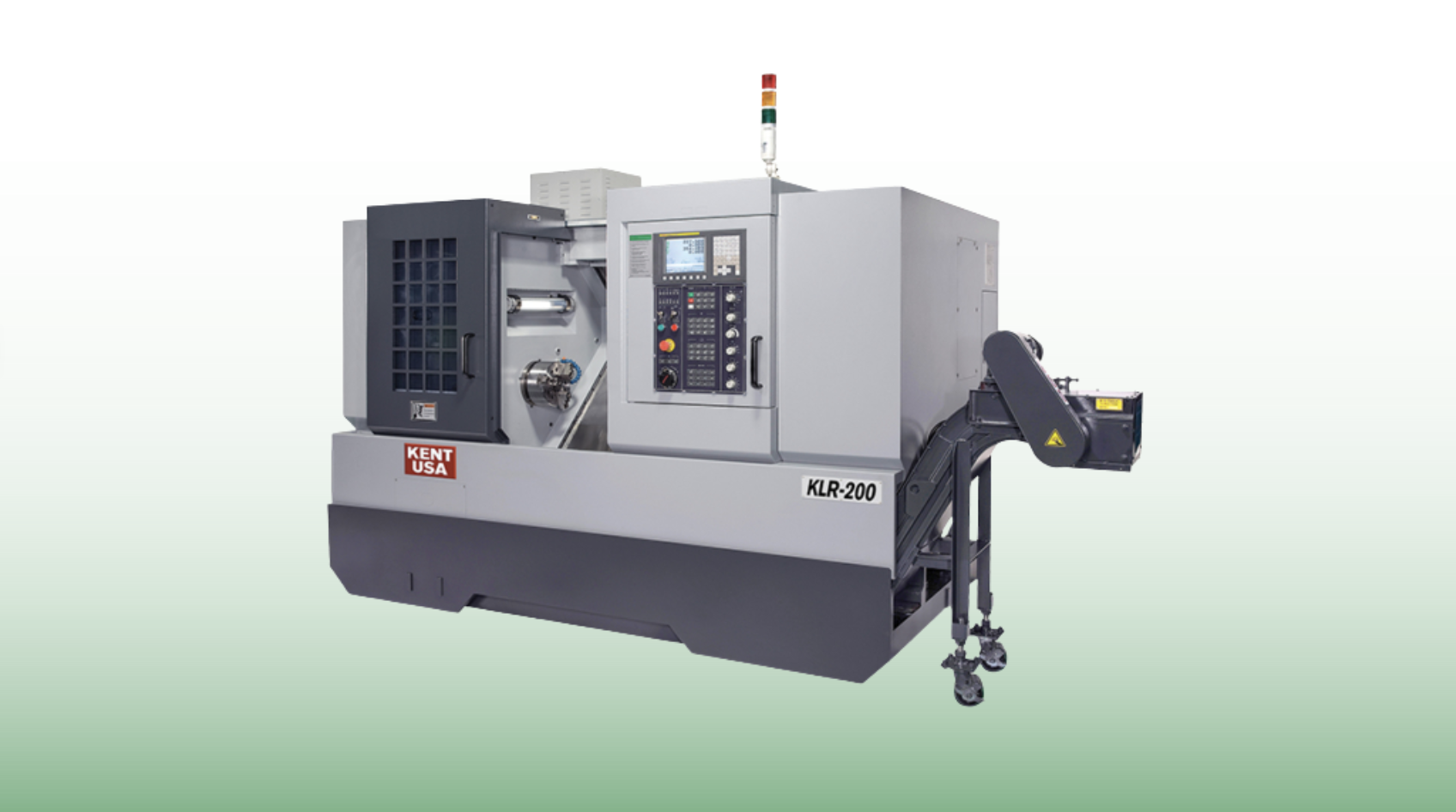Manufacturing requires a great deal of precision and detail when it comes to getting items exactly how they were planned. An industry that has taken precision to another level is CNC control and machining. When the machines are able to do the work without needing any kind of human intervention productivity increases and the best results are ensured for all of the items being produced.
The 2 axis control machine is an ideal solution for small and medium-scale precision manufacturing. It can be used in a variety of industries, including automotive, aerospace, medical, electronics, to create complex shapes with high accuracy. This type of machine will provide you with the ability to make precise cuts on any material that you choose. You can use it to produce components such as gears, bearings, and even complex assemblies like engines and more. The two-axis CNC lathe allows you to easily set up your own shop and start making parts right away.
We will provide throughout this article what exactly is a 2 axis cnc machine, its different types, the advantages and costs of owning and using this type of CNC machine tool, in addition to some general advice to consider before buying one.

What Is a 2 Axis CNC Machine
A 2 axis CNC machine is a computer numerical control machine that has two axes of movement. The two axes are typically the x-axis and the y-axis, which correspond to the horizontal and vertical directions on a Cartesian coordinate plane. The machine can be used to create a variety of parts and objects with precise accuracy.
A two-axis CNC tool can do a lot of things. It can cut, drill, and machine parts. It can also be used for engraving a variety of materials, including wood, plastic, and metal. With this type of CNC lathe, you can create a lot of different parts and products, anything from simple ornaments to complex designs that make interesting and complex art.
Although this kind of machine is usually pretty expensive, it is worth the purchase and can be quite useful to manufacturers who are looking for something a little bit more precise.
The Different Types of 2 Axis CNC Machines
There are a few different types of 2 axis CNC machine tools. The three main types are vertical, horizontal, and gantry.
The vertical type is fairly rare because the machine will move along one axis and the head will move on the other axis, which usually isn’t going to give a lot of accurate cuts. This type of machine is more common in prototype work.
The horizontal machine has a table that moves along the x-axis and the head moves along the y-axis. This type of machine is going to give you the most accurate cuts and repeatability over time. However, this type of machine can have some issues with the parts becoming warped from being subject to too much vibration. This type of machine can also be the most expensive.
The gantry machine tool is the most commonly used by production facilities and manufacturers. Since it can move along two axes at once, the accuracy and repeatability of the cuts will almost always be higher than the other types of machines. It is also the most affordable of the three.
The Advantages of a 2 Axis CNC Machine
There are many advantages to having a CNC 2 axis machine in your workshop. Some of these advantages include:
1. Increased accuracy and precision in manufacturing.
A 2 axis lathe increases accuracy and precision in manufacturing by allowing for more precise control over the positioning of the tool in relation to the workpiece. This leads to a more consistent manufacturing process, with reduced variability in the final product. Additionally, a two-axis CNC machine can be used to produce more complex shapes and features than a traditional manual lathe or mill, making it a more versatile tool for manufacturing.
2. Reduced time to make complex parts
This type of CNC machine tools can quickly produce complex parts that would be difficult or impossible to create with traditional methods. This can save time and money, and improve productivity.
3. Increased repeatability of finished parts
A 2 axis CNC machine offers increased repeatability of finished parts due to the two linear axes of motion. This results in parts that are more consistent in terms of size and shape, which can be important for applications that require precise measurements.
4. Increased range of materials that can be cut
This is because they can move the cutting tool in two directions. This means that 2 axis machines can cut more complex shapes and are better suited for tasks such as engraving.
5. Faster removal of waste parts.
A CNC two-axis machine tool can quickly remove waste parts from a workpiece, which can speed up the manufacturing process.
The Costs of Owning and Operating a 2 Axis CNC Lathe
The cost of owning and operating a two-axis CNC machine can vary depending on the type of machine you choose, its size, its features, and the location in which it will be used and stored. Generally, the cost of owning and operating this type of CNC lathe will range from $1,000 to $10,000 per year.
How to Choose the Right 2 Axis CNC Machine
There are a few things you need to consider when choosing a two-axis machine. First, you need to think about what type of machines you want. This includes thinking about the types of CNC milling that your shop does and what is the capacity of the appliance. For a beginner, you will want to look for machines that are relatively small and simple.
Also, you might want to think about the location of the machine. If your shop is a large industrial space, you can try to look for machines that are heavy-duty, durable, and that can withstand the great elements in the shop.
An additional feature to consider is whether the machine can be stored. If so, you will want to look for machines that can hold onto the tooling they have on them and that can be stored easily.
The next thing you need to think about is the software and the device control options. It is recommended to look for options that give you a lot of customization options and that can be controlled with a joystick or a computer.
Finally, you will want to examine the price of the appliance. In general, these machines are more expensive than manual milling machines, but they are an excellent investment. They are durable and will last for many years. With the money you save on a manual milling tool, you will be able to buy yourself a couple of machines in no time at all.
What to look for in a basic two-axis CNC lathe
When looking for a basic two-axis lathe, there are a few things you should keep in mind.
1. A bed that is square to the ways and parallel to the spindle.
A bed that is square to the ways means that the bed is perpendicular to the ways. Meanwhile, a bed that is parallel to the spindle means that the bed is parallel to the spindle axis. This ensures that the workpiece is parallel to the spindle and results in accurate cuts.
2. A smooth table.
A basic two-axis CNC lathe should have a smooth table to provide a stable surface for the workpiece. The table should also be accurately machined to ensure that the workpiece is correctly positioned on the lathe.
3. A long spindle nose.
A long spindle nose is important for a two-axis CNC lathe because it allows the workpiece to be positioned further away from the machine’s headstock, which results in increased machining accuracy. It also allows for the use of larger tooling, which can improve the quality of the finished product.
4. At least four tool positions, though you’ll probably want an X-axis and a Y-axis if you do a lot of work that requires drilling or hole cutting.
A basic two-axis CNC lathe should have at least four tool positions. This will allow you to use a variety of tools to create different shapes and sizes. This way the appliance would be able to move the tools in multiple directions, so you can create even more intricate designs.
5. A good fence and a decent toolpost that allows you to position your work accurately.
A fence is important for holding workpieces securely in place while machining them. For the CNC lathe, a good toolpost is an essential component. A strong toolpost can hold the proper distance between the spindle and the workpiece for each different tool that you use.



